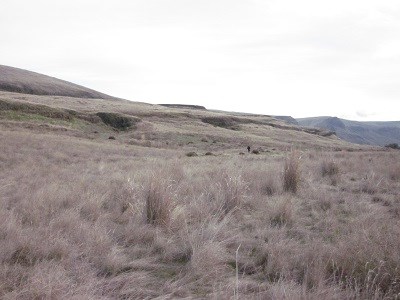LenoreArcheology allows scientists to peer into the past, drawing conclusions based on the evidence that is uncovered from the deep past. Along the major river corridors, the nimíipuu (Nez Perce) established permanent village sites. In the approximate location of the Lenore rest area on Hwy 12 was a Nez Perce village site. 
National Park Service Hasotino Village SiteFor the past 50 years, archaeologists working in Nez Perce country have uncovered evidence that the Nez Perce have been here a very long time, perhaps close to 11,000 years. The river valleys that bisect Nez Perce country provided all of the necessities needed to survive - food, shelter, and water. As late as the 1870s, many of these sites continued to see activity with the coming and going of the seasons. The establishment of permanent villages, therefore, tended to be along river corridors. One of the largest villages on the Snake River was Hesutiin or Hasotino. The village was located near to an important Lamprey fishery which was considered a delicacy among the Nez Perce. |
Last updated: December 30, 2022
